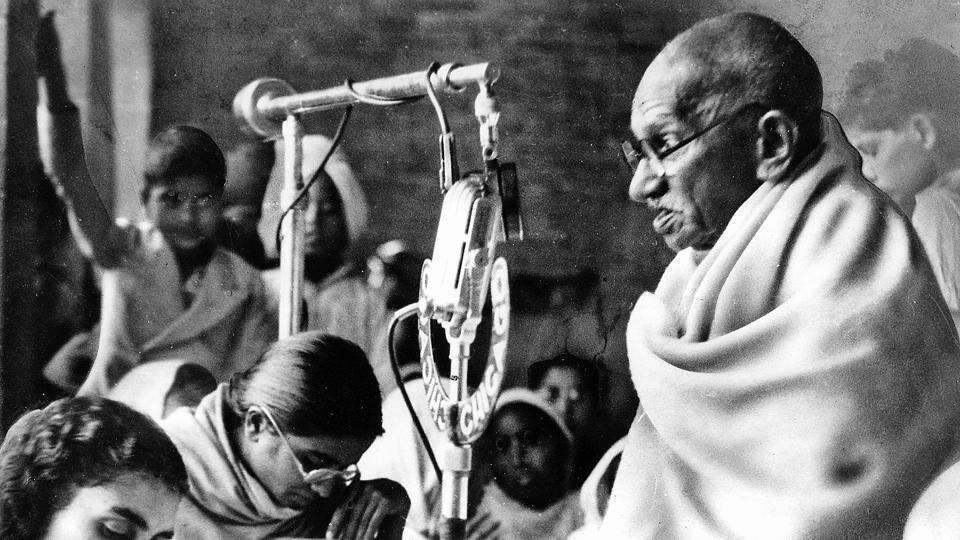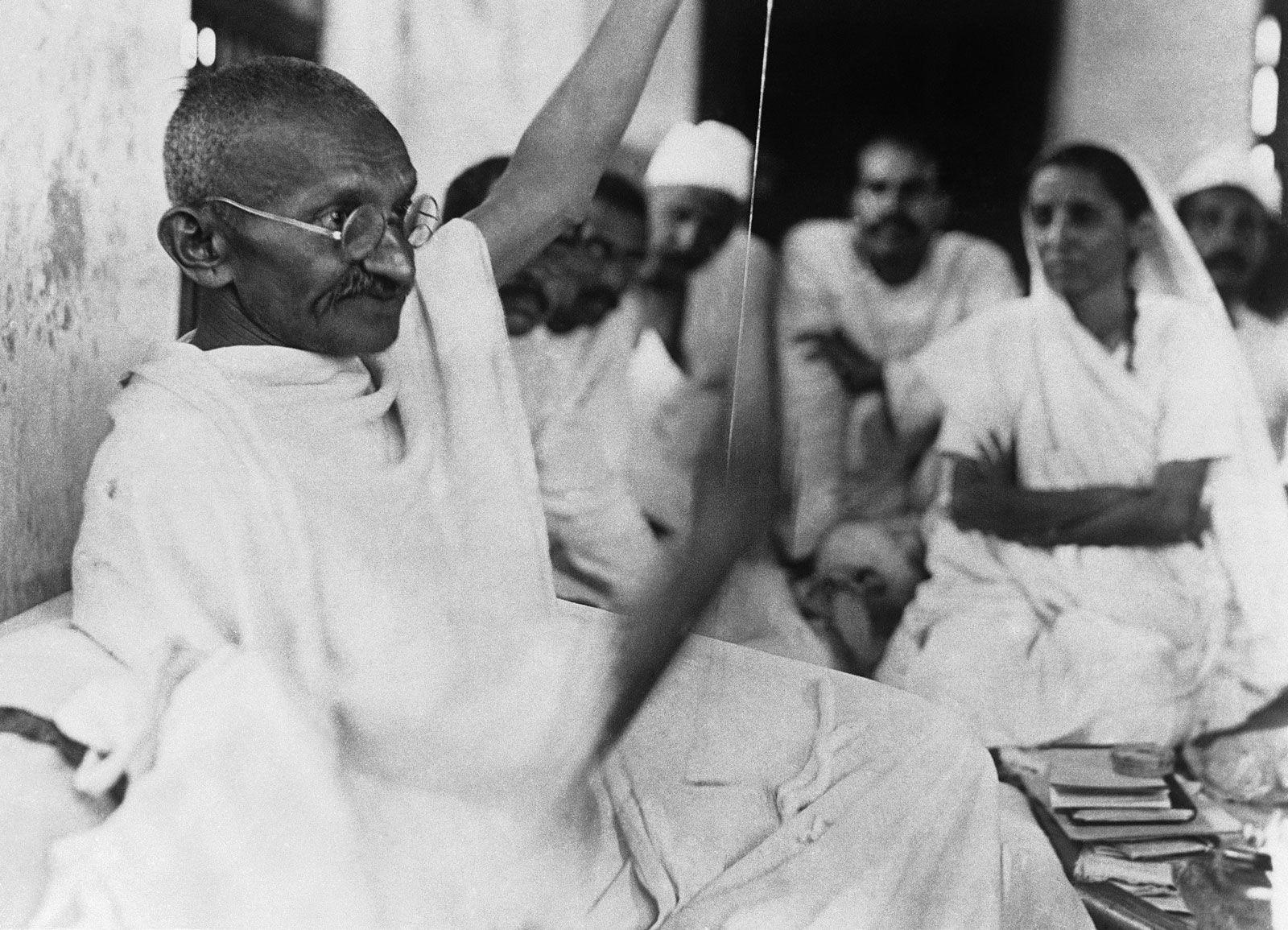Independence Day 2024: How Mahatma Gandhi Marked India's First Independence Day in Calcutta

India’s independence on August 15, 1947, was a momentous occasion, symbolizing the end of nearly two centuries of British rule. While the entire nation erupted in celebration, Mahatma Gandhi, a pivotal figure in the freedom struggle, chose to observe the day in a distinctly different manner. According to Horace Alexander, who wrote "Gandhi Through Western Eyes," Gandhi’s actions on this historic day were both extraordinary and uncharacteristic of the widespread jubilation.

Gandhi's Presence in Calcutta
Instead of joining the celebrations in New Delhi, Mahatma Gandhi was in Calcutta (now Kolkata), focusing on restoring peace in a region plagued by communal violence. In the months leading up to August 15, 1947, communal clashes between Muslims and Hindus had intensified, particularly in Bengal and Bihar. Gandhi had initially planned to be in Bihar before heading to Bengal, areas deeply affected by the strife.
The Context of Gandhi’s Decision
The decision for Gandhi to spend August 15 in Bihar and Bengal rather than in Delhi stemmed from the severe communal tensions in these regions. Following the violence in Noakhali, where Muslims attacked Hindus, and the subsequent violence against Muslims in Bihar, Gandhi aimed to address these critical issues. His presence was seen as crucial for fostering peace and encouraging reconciliation between the warring communities.
Gandhi's Role in Calcutta
On August 14, 1947, leading Muslims from Calcutta urged Gandhi to remain in the city rather than move to East Bengal, emphasizing that peace in Calcutta would positively impact all of Bengal. Gandhi agreed, provided that assurances were given regarding the protection of Hindus in East Bengal. Fortunately, the local leaders assured Gandhi of their support, allowing him to focus on peace efforts in Calcutta.

Addressing the Public and Promoting Reconciliation
Gandhi’s approach to peace in Calcutta involved meeting with key figures such as Shaheed Suhrawardy, who had previously been criticized for his role in communal violence. During a meeting, Suhrawardy publicly acknowledged his responsibility for the violence, a gesture Gandhi believed was vital for healing and reconciliation. This act of public confession was seen as a powerful tool for clearing tensions and promoting harmony.
Gandhi’s Observance of Independence Day
On August 15, Gandhi chose to observe the day with a focus on prayer and fasting rather than celebration. He emphasized the need for gratitude and reflection, highlighting the importance of addressing poverty and maintaining justice. The day began with prayers at 3 AM, an hour earlier than usual, and included songs composed by Rabindranath Tagore celebrating the dawn of freedom.
The "Miracle of Calcutta"
The efforts of Gandhi and his followers led to a peaceful Independence Day in Calcutta, a remarkable achievement given the city's recent history of violence. Lord Mountbatten, who was in Delhi for the celebrations, referred to the situation in Calcutta as the “two-men boundary force,” praising Gandhi’s impact. The day passed without any reports of violence, a testament to Gandhi’s effective peace-building efforts.
